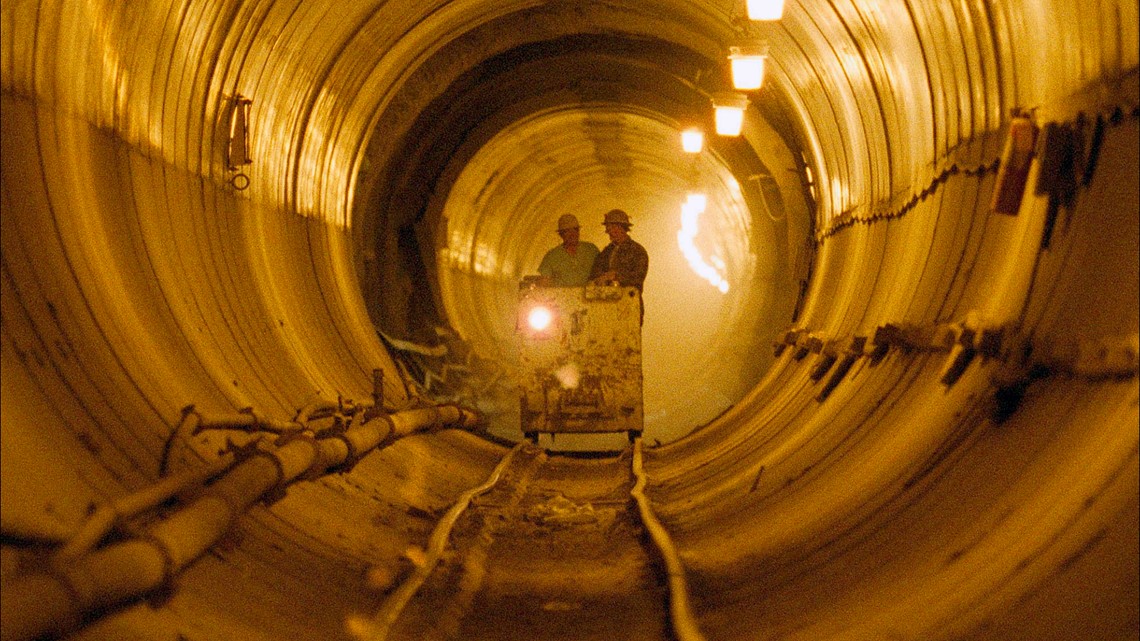

In an interview with Summer of Science, Dr. This includes little support from presidents Reagan, Bush and Clinton, as well as the American public. We would have been running for ten years now.”Īlthough Schwitters cites Congressional funding as the major factor effecting the projects cancellation, there may have been other factors that contributed to the end result. “As time has shown, it was a real loss of pace in science. “It was a huge disappointment for everyone involved,” Schwitters said. However, Congress declined funding in 1993, leaving an unfinished laboratory and over 2000 staff members disheartened after devoting the past few years of their lives to the project. The former Harvard professor and his family moved from Cambridge, Massachusetts to Dallas in 1989 to begin work on the buildings construction. Roy Schwitters, the SSC Project Director, saw the project as an opportunity to conduct breakthrough scientific research. The goal was to build a facility powerful enough to discover the Higgs Boson, a particle that is intimately related to the basic property of all matter and thought to give mass to everything in the universe.ĭr. The project was first envisioned in 1983 by the National Reference Designs Study. How did this laboratory come to be and why was it left unfinished? What was once planned to be the world's largest and most energetic particle accelerator complex is now 200,000 square feet of empty factories and 14.6 miles of water-filled, underground tunnels. Since 1993, the Superconducting Super Collider (SSC), also known as the "Desertron," has sat vacant, surrounded by country roads and a dairy farm. However, beyond the old courthouse lies another building of unique and historical importance. It would propel the USA and US scientist to the forefront of physics, and cement the USA’s place as the most scientifically advanced nations in the world.Waxahachie, Texas is known by many for its Victorian architecture and picturesque town square. The physicists assumed that building the Superconducting Super Collider would lead the way in its actual discovery. The theory of the Higgs particle had been put forward. The US government and the scientists all hoped that building the biggest accelerator in the world would aid them in discovering the yet undiscovered mysteries of the universe. That is, to spare no pains and costs in spending the taxpayers’ money on this massive undertaking. The Reagan administration greenlighted the accelerator project in 1987 – design on the project had already begun earlier in 1983 – and encouraged the scientists and administrators involved in it to ‘be greedy’. The Soviet Union had disintegrated, the Cold War was over, and the USA remained as the World’s self-described sole superpower.

The idea of building the Superconducting Super Collider came when the USA was still at the height of its economic power and taking on the biggest, best, and most ambitious projects was a matter of national pride. Office of Public Affairs / NAID) Building the Superconducting Super Collider

Lawrence at the University of California in 1930.

The physicists developed the idea of the Higgs boson to explain a major theoretical problem in this Standard Model about how the massless leptons came to acquire mass.Ĭyclotron, the world’s first particle accelerator invented by Ernest O. According to the Standard Model, leptons and quarks make up the observable matter in the universe and these particles act on each other due to gravitational force, electromagnetic force, strong force, and weak force. To understand what a ring particle accelerator is, we must take a look at particle physics which uses what the physicists call the Standard Model to explain the constitution of the universe. It is likely that, with the Superconducting Super Collider, the US scientists would have discovered the much-vaunted Higgs boson particle long before the European scientists did. If political and public opinions hadn’t forced the project to fold up midway, it would have been the largest accelerator in the world with the unsurpassed energy capacity of 20 trillion electron volts per proton. The Superconducting Super Collider was a gargantuan ring particle accelerator to facilitate high-energy proton collisions that the US government undertook to build in a massive underground complex in Waxahachie, Texas. Superconducting Super Collider (SSC) site.


 0 kommentar(er)
0 kommentar(er)
